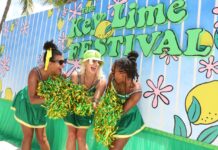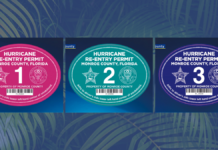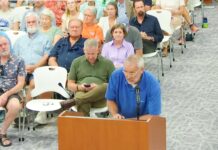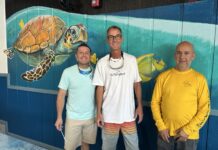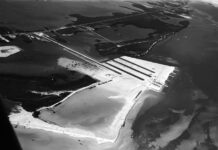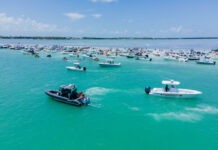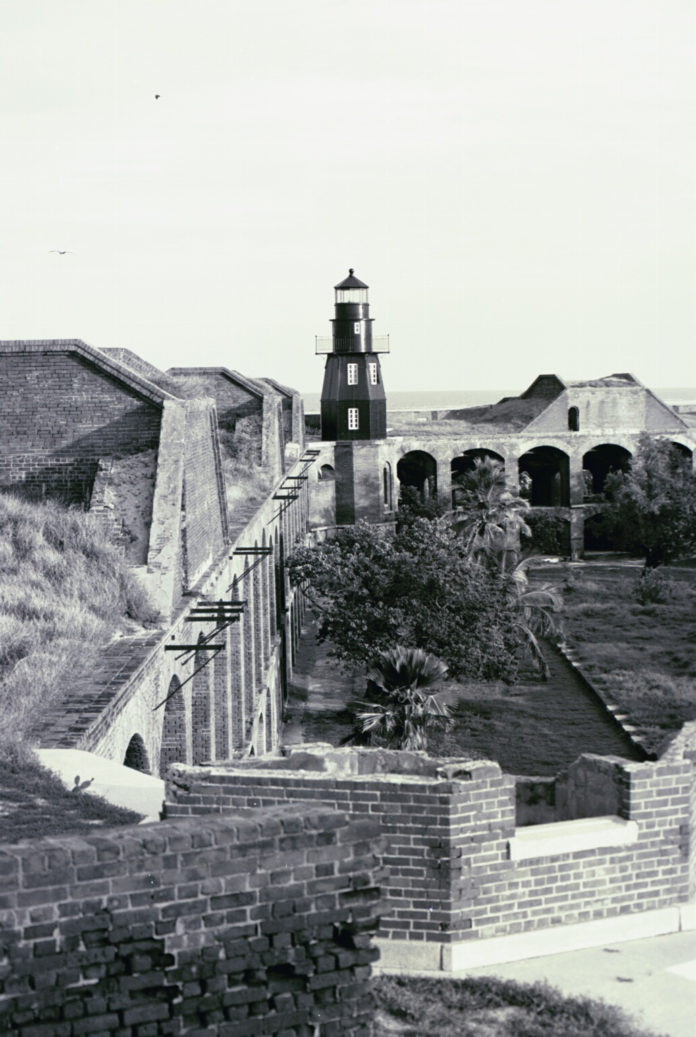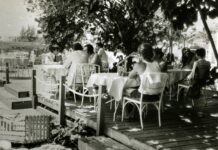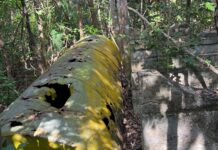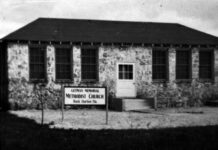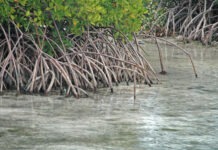KEY WEST
Some 70 miles southwest of Key West are the Dry Tortugas, where two lighthouses have been erected. The first, built in 1825, was constructed on Garden Key. Because that structure was eventually deemed too short and too dim to light such a treacherous stretch of water adequately, the lighthouse on Loggerhead Key was constructed. Garden Key is most famously known as the home of Fort Jefferson, the largest completely brick structure in North America. The fort was originally designed to protect the shipping lanes between New Orleans and New York. Work began on the fort shortly after United States Army Lieutenant Horatio Wright first landed on the Tortugas in 1846. When the walls were completed, they encompassed 11 of Garden Key’s 16 total acres. The variegated brick armament took about 16 million bricks to build.
Most of the back-breaking work was done by slaves rented out by their Key West owners for $20 a month. Brad Bertelli is curator of the Keys History & Discovery Center. Photo: Brad Bertelli

MARATHON
Sombrero Key Lighthouse was constructed under the command of George G. Meade, a Lieutenant in the Army Corps of Topographical Engineers. During the Civil War, Meade would be promoted to General and command the Union Army of the Potomac. He would help defeat Robert E. Lee at the second Battle of Gettysburg. The lighthouse would be the last navigational beacon built to mark the Florida Reef before the war. Like every lighthouse marking the reef, Sombrero Key had been manned by a civilian crew until 1939, when all United States lighthouses were integrated into the U.S. Coast Guard under the Presidential Reorganization Act. In November 1960, Boatswain Mate First Class Furman C. Williamson was given the assignment of Officer-in-Charge of Sombrero Key Lighthouse. Like so many people, Williamson was afraid of the barracudas that have apparently lurked beneath the iron structure forever. He explained to reporter John Watts in a March 24, 1960 newspaper article, “There is no restriction against swimming, but we just don’t dare take a chance.” Brad Bertelli is curator at the Keys History & Discovery Center. Photo: Florida Memory Project.

UPPER KEYS
Historically, Carysfort Reef has been one of the most dangerous tracts of coral along the Florida Reef. According to one study, of the 324 documented reef wrecks between 1833 and 1841, 63 were attributed to Carysfort Reef. After the purchase of the Florida Territory, Carysfort was marked with a lightship in 1824. A letter dated July 1851, and written by Lt. David D. Porter, U.S.N., commander of the U.S. mail-steamer Georgia, “On the reef near Cape Large the floating lightship, showing two lights, intended to be seen twelve miles, but they are scarcely discernible from the outer ledge of Carysfort Reef, which is from four to five miles distant. On to [sic] occasions I have passed it at night, when the lights were either very dim or not lighted.” By the time the letter had been written, Captain Howard Stansbury of the U.S. Army Corps of Topographical Engineers had been placed in charge of building a lighthouse to mark the reef. Stansbury managed to oversee the formation of the base for a 112-foot lighthouse before retiring from the project. He was replaced by Major Thomas B. Linnard, who died a short time later. Lieutenant George Meade finished the Carysfort job in 1852. Carysfort would not be the last lighthouse Meade would help construct along the Florida Reef, as he would also oversee construction of Sombrero Key Lighthouse. Brad Bertelli is curator at the Keys History & Discovery Center. Photo: Jerry Wilkinson Collection
— BRAD BERTELLI, Curator Keys History & Discovery Cente
